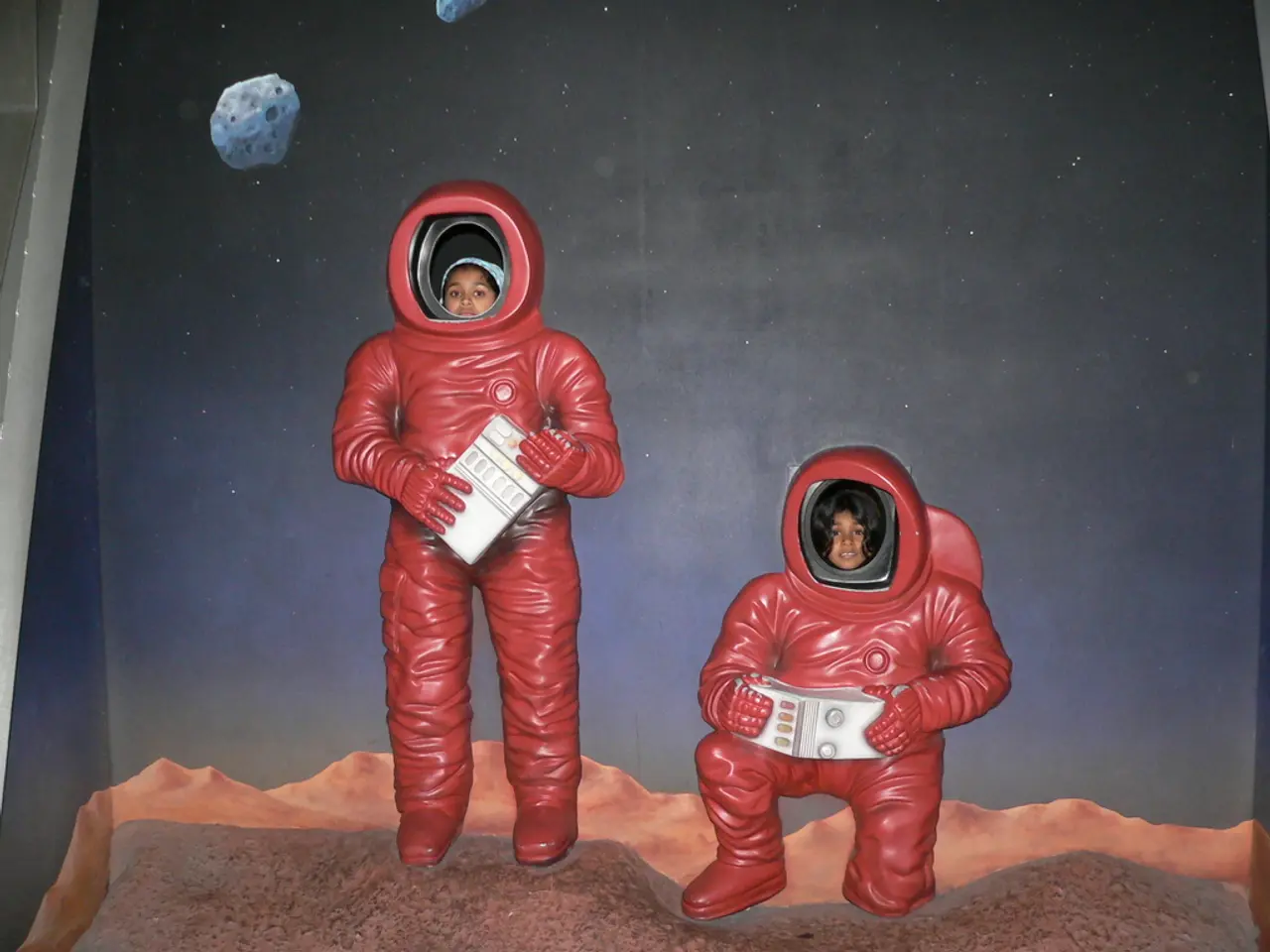Lunar Nuclear Reactor Caught Off-Guard: What's the Story?
NASA Accelerates Plans for Nuclear Reactor on the Moon
In a recent development, NASA has issued a directive to fast-track efforts to put a nuclear reactor on the moon, with the aim of speeding up the development of commercial space stations to replace the International Space Station, which is scheduled to be retired in 2030.
The acting administrator of NASA, Sean Duffy, has called for the appointment of a NASA official to oversee the effort within 30 days and for a request seeking proposals from commercial companies to be issued within 60 days.
The directive does not provide details on how the accelerated development of commercial space stations will be achieved, but it does signal a shift in NASA's focus towards human spaceflight and the acceleration of nuclear development.
The plan for a nuclear reactor on the moon is part of NASA's broader Artemis program, which aims to sustain long-term lunar presence. The program is scheduled to culminate in the first moon landing since the Apollo missions, which is now scheduled for 2027. However, many experts find that timeline unlikely.
NASA has been developing nuclear power systems for lunar missions since the early 2020s, with the aim of ensuring reliable energy sources beyond solar power. The reactor is intended to generate at least 100 kilowatts of electrical power, enough for around 80 households in the U.S.
Over the years, NASA has financed nuclear reactor research, including the awarding of three $5 million contracts in 2022 to companies developing initial designs. These earlier designs were smaller, producing 40 kilowatts and weighing under 6 metric tons.
The development of a nuclear reactor for the moon is not without its challenges. For instance, China and Russia have plans to put a reactor on the moon by the mid-2030s as part of a partnership to build a base there. If they are first, they could potentially declare a keep-out zone that would inhibit what the U.S. can do on the moon.
The Starship lunar lander under development by SpaceX, along with many needed components, are still unproven. The directive changes how NASA will award contracts, allowing more flexibility. The reactor is expected to be ready to launch in late 2029.
The purpose of the nuclear reactor on the moon is multifold. It will provide a reliable power supply, supporting human habitats, enabling industrial processes, powering scientific instruments, and serving as a backup energy source for solar panels.
Reliable power is critical for in-situ resource utilization (ISRU), turning lunar materials into fuel, building materials, and life support supplies. It will also enable mining, manufacturing, and other commercial ventures by providing a stable energy source to operators or companies.
Moreover, the availability of power is fundamental for expanding lunar bases, habitats, and potentially tourism or research stations. Power availability is also essential for deep space missions, technology developed for lunar reactors can be adapted for Mars and deep space habitats requiring reliable, long-duration power.
In conclusion, NASA’s plan for a nuclear reactor on the moon is a strategic effort to create reliable, constant power sources for sustained lunar presence. This will empower lunar colonization, resource extraction, scientific exploration, and pave the way for future missions deeper into the solar system. It represents a critical step toward establishing a viable lunar economy and evolving human space exploration capabilities.
NASA's goal for a nuclear reactor on the moon, as part of the Artemis program, is to provide a stable power source for various purposes, including supporting human habitats, fueling scientific instruments, and serving as a backup for solar panels. This power will support in-situ resource utilization (ISRU), mining, manufacturing, and potential tourism or research stations.
The development of this reactor also signifies a shift in NASA's focus towards human spaceflight and the acceleration of nuclear technology, with plans to launch the reactor in late 2029. Contemporary efforts in space-and-astronomy and science are thus intertwined with technology, as NASA seeks to advance these fields with nuclear power in space.




